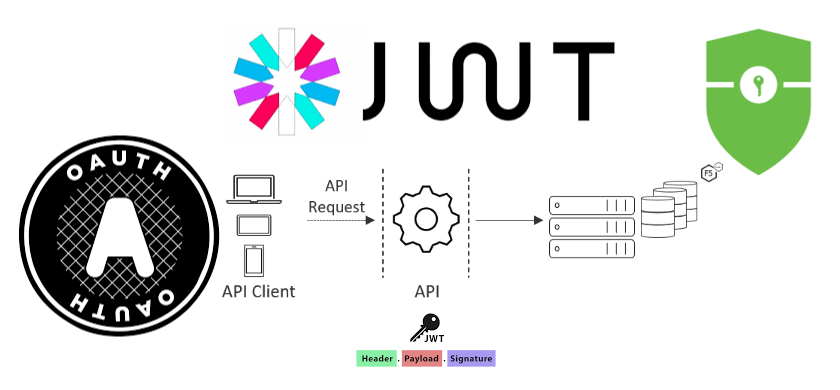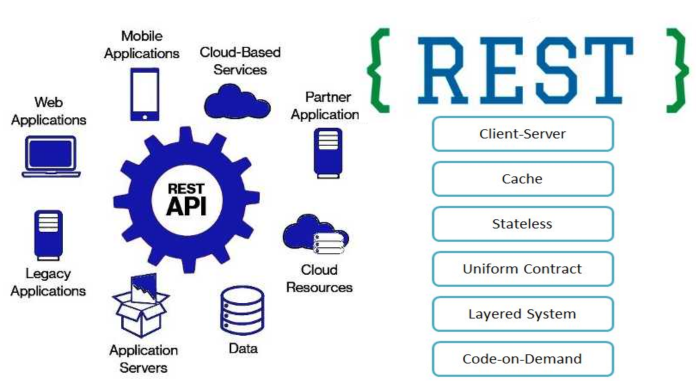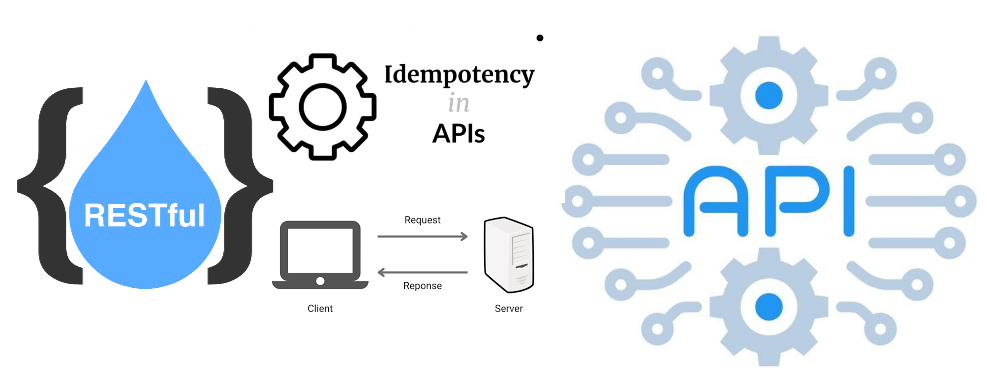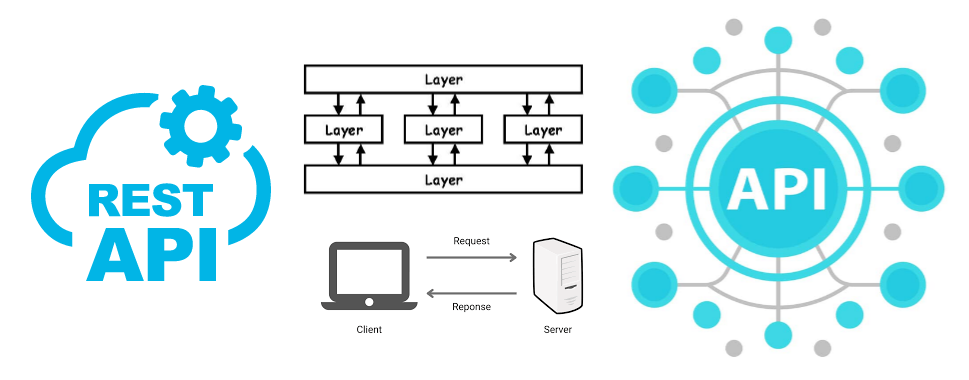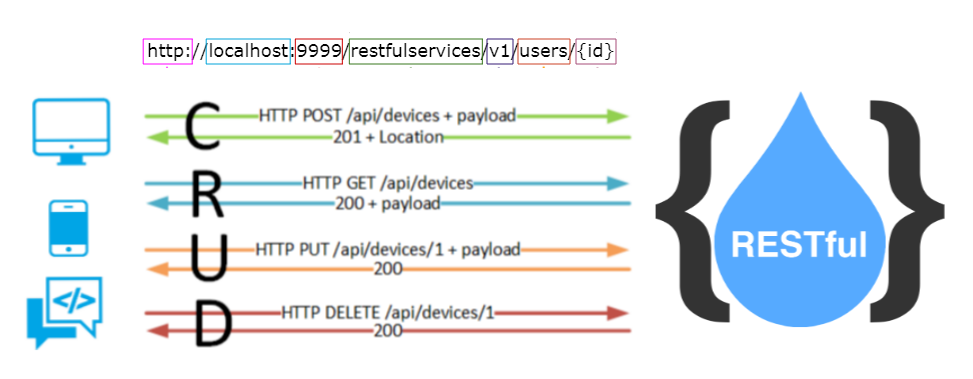
JWT - Creating a token server
JSON Web Token(JWT) is an industry standard for security tokens used to securely transmit information between client and server as JSON objects.It provides a solution to the problem of passing claims between parties. In this post we will be implementing a JWT token server which will serve tokens to users with the appropriate credentials.
